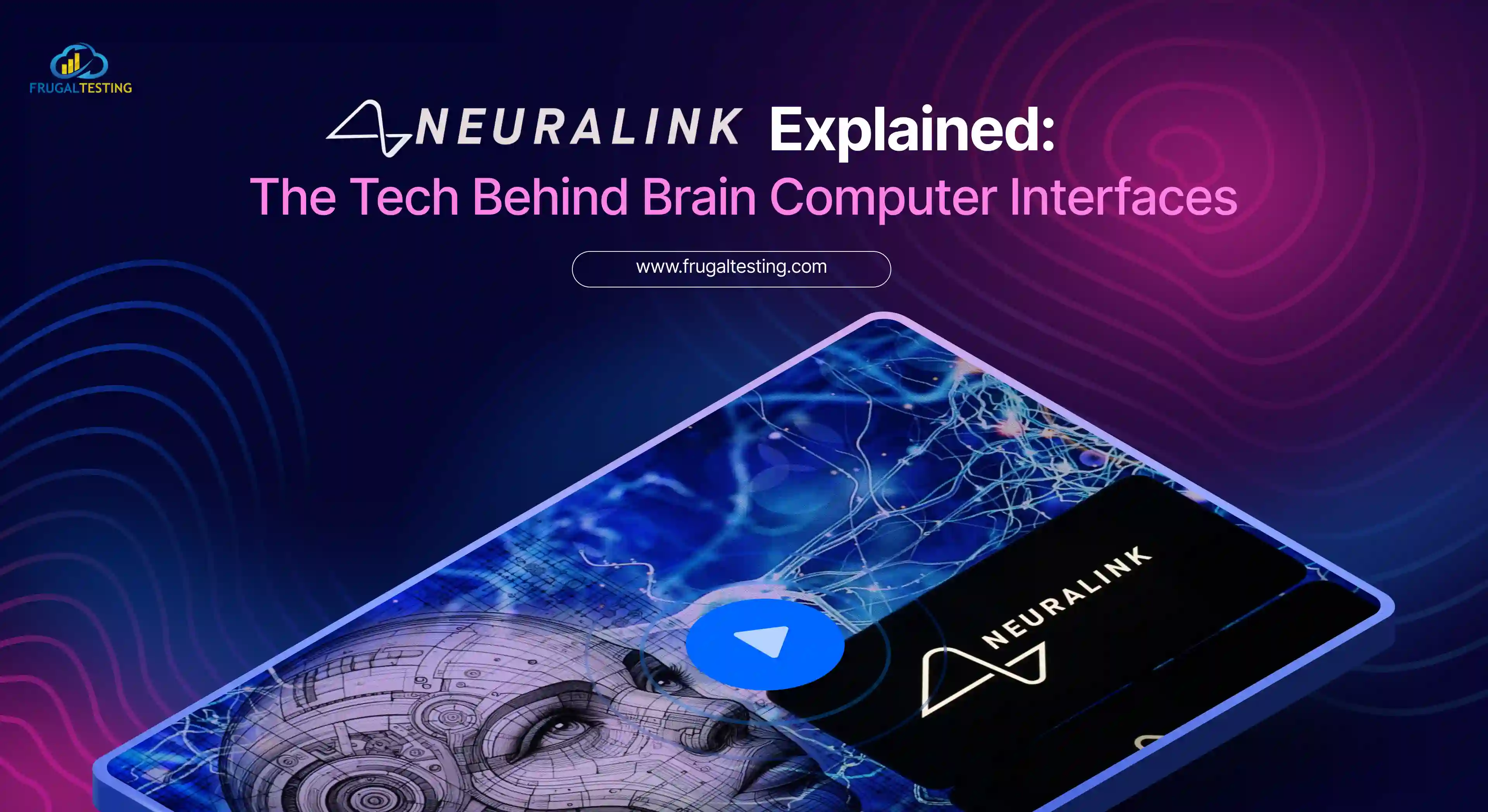🚀 Did you know a team's productivity can increase by 50% when members cooperate well? You heard correctly! Building a collaborative environment between developers and testers is beneficial and necessary in the fast-paced world of software development, where every line of code matters. Now, let's explore and delve into Dev & Test integration with these key insights:
📌 The Power of Collaboration: Showcasing the notable increases in productivity that come from productive teamwork.
📌 Essentiality of Software Development Collab: Collaboration between testers and developers is crucial in software development, as every code line impacts the final product. This is stressed.
📌 Introduction to Dev & Test Integration: A primer on Dev & Test Integration aims to establish a cooperative atmosphere between developers and testers, laying the groundwork for thoroughly examining its advantages and optimal methodologies.
📌 The promise of Elevated Software Development: The possibility of elevated software development processes to unprecedented levels is hinted at in the promise of elevated software development.

What exactly is Dev & Test integration?
💻 Combining development and testing activities within the software development lifecycle is called "Dev & Test Integration" or "Development and Testing Integration." It entails coordinating the activities of testers and developers to guarantee that software is produced effectively, to a high standard, and by the requirements.
Below is a summary of the tasks (including repetitive tasks) involved in this integration:
📍Cooperation:
- Developers and testers work closely throughout the development process.
- The partnership spans from planning and design to implementation stages.
📍Continuous Feedback Loop:
- Testers provide input on software quality, performance, and functionality.
- Early identification of issues reduces costs and effort in later stages.
📍Test-Driven Development (TDD):
- Developers create automated tests before writing code.
- Testers specify test cases and acceptance criteria, working in tandem with developers.
📍Automation:
- Development and testing processes are automated where possible.
- Continuous automated testing verifies functionality and identifies regressions early.
📍Common Tools and Environments:
- Developers and testers use shared tools and environments for efficiency.
- Includes IDEs, test management tools, version control systems, and issue tracking systems.
📍Agile and DevOps Practices:
- Agile encourages cross-functional teamwork, frequent feedback, and iterative development.
- DevOps emphasizes automation, continuous integration, and continuous delivery (CI/CD).
📍Quality Assurance:
- In collaboration with developers, testers ensure the program meets end-user requirements and quality standards.
Why is collaboration important between developers and testers?
Working together is essential for developers and testers for several reasons:
- Early Issue Identification: In the early phases of development, testers can offer developers insightful input that can assist in discovering possible problems or opportunities for improvement before they become more expensive to fix.
- Shared Understanding of needs: Good communication guarantees that testers and developers are both aware of the objectives and needs of the project. This lessens the possibility of misconceptions or misinterpretations resulting in software flaws.
- Efficient Test Planning and Coverage: When developers and testers collaborate, they may produce more thorough test plans that address every facet of the software's functionality. Testers can offer feedback on user scenarios, boundary conditions, and potential edge cases that developers might not have considered.
- Better Code Quality: Testers can offer input on the codebase's quality, assisting developers in identifying places that need optimization or reworking. This partnership encourages the creation of more streamlined, maintainable code.
- Faster Feedback Loops: When development and testing collaborate, feedback loops between them can happen more quickly. Developers can promptly address tester findings, resulting in shorter development cycles and quicker software releases.
- Continuous Improvement: Through tight collaboration, developers and testers may share knowledge and keep improving their procedures and methods. This encourages the team to collaborate and be innovative.
- Goal Alignment: Working together guarantees that developers and testers have the same understanding of the project's overarching objectives, essential skills, and end users' requirements. This alignment facilitates setting priorities and keeping the customer's needs front and centre.
Defining tester and developer roles for quality software
⌛️ Ensuring the quality of software requires defining the roles of developers and testers. Below is an explanation of each of their roles:
Developer:
- Design and Implement Software: By the given standards and requirements, developers are responsible for designing, coding, and implementing the software.
- Write Efficient and Maintainable Chunks of Code: Developers must produce efficient, maintainable, and clean lines of code.
- Unit Testing: To verify the functionality of distinct software modules or components, developers create unit tests.
- Support for Integration and System Testing: By making sure that their components properly integrate with other modules and systems, developers help with integration testing.
- Bug correcting and Troubleshooting: Developers are responsible for resolving problems during development or after deployment and correcting defects found during testing.
Tester:
- Test Planning and Strategy: Testers are in charge of developing test plans and strategies that specify how testing will be carried out, including the kinds of tests that will be carried out (such as functional, non-functional, and regression tests) and the necessary tools and resources.
- Test Case Design and Execution: Testers create test cases to confirm that the program satisfies the requirements and operates as intended in various scenarios.
- Defect Identification and Reporting: Using a bug tracking system or issue management tool, testers find errors, inconsistencies, and areas of concern in the product and report them to the development team.
- Regression testing: This technique is used by testers to ensure that newly implemented improvements or modifications do not cause regressions or unanticipated side effects in the software's current functionality.
- Support for User Acceptance Testing (UAT): To collect input and ensure the program satisfies user expectations and business objectives, testers work with end users or stakeholders to conduct UAT.
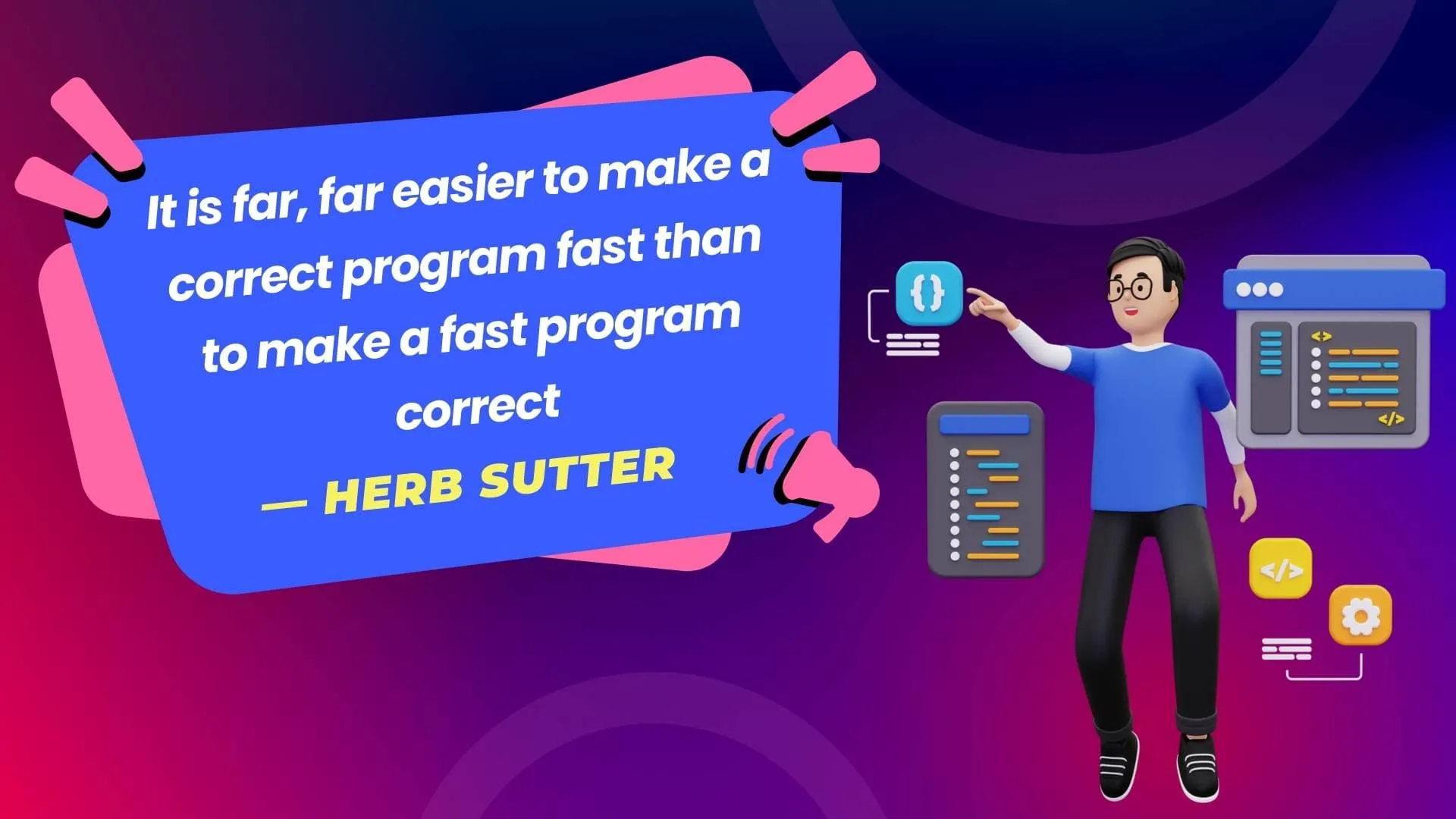
How can better collaboration between developers and testers be promoted?
🔍 It takes a mix of organizational procedures, communication techniques, and technology to encourage improved developer productivity and tester collaboration. To that end, below are a few efficient methods:
- Goals and Objectives Sharing: Make sure developers and testers understand the project's goals, priorities, and objectives. Organize their efforts to produce software that meets the clientele's standards.
- Cross-Functional Teams: Encourage the creation of cross-functional teams in which developers and testers collaborate closely daily. This promotes teamwork, shared accountability, and ownership of the project's success.
- Early Tester Involvement: Include testers in the project from the outset, participating in requirements collecting and design talks, for example. This enables testers to offer feedback on testability, spot possible problems before they become serious, and enhance the program's overall quality.
- Constant Communication: Help developers and testers communicate honestly and openly. Promote frequent get-togethers, stand-ups, and talks to exchange status reports, debate problems, and develop solutions.
- Joint Planning and Reviews: Hold joint planning meetings and reviews in which testers and developers work together to define requirements, go over test strategies and talk about acceptance criteria. Doing this ensures that everyone knows what must be developed and tested.
What are collaboration tools for software testing?
🛠 The following list of collaboration tools is typical for software testing:
- Jira: Teams can plan, monitor, and handle software development activities and issues with Jira, a popular project management tool. It has tools for setting task priorities, monitoring advancement, and working with others in the team.

TestRail: It is a test management application designed to assist teams in planning and directing their testing activities. Testers can design test runs, write test cases, carry them out, and monitor the outcomes. To assist teams in analyzing test coverage and spotting patterns, TestRail also offers analytics and reporting tools.

Zephyr: Another test management program that works with Jira and other project management programs is called Zephyr. It has tools for planning and organizing test cases, carrying out tests, and monitoring test outcomes. Zephyr facilitates agile testing approaches and offers integration with automated testing technologies.

Azure DevOps: Azure DevOps is a software development and collaboration toolkit that includes functionality for project tracking, build automation, version control, and release management. Because it integrates with widely used development tools and frameworks, it is appropriate for teams that use continuous delivery and integration (CI/CD).

GitHub: Teams can work together on software development projects using GitHub, a version control system. It has tools for code reviews and changes, managing branches and pull requests, and hosting code repositories. Additionally, GitHub integrates a wide range of CI/CD and testing solutions.
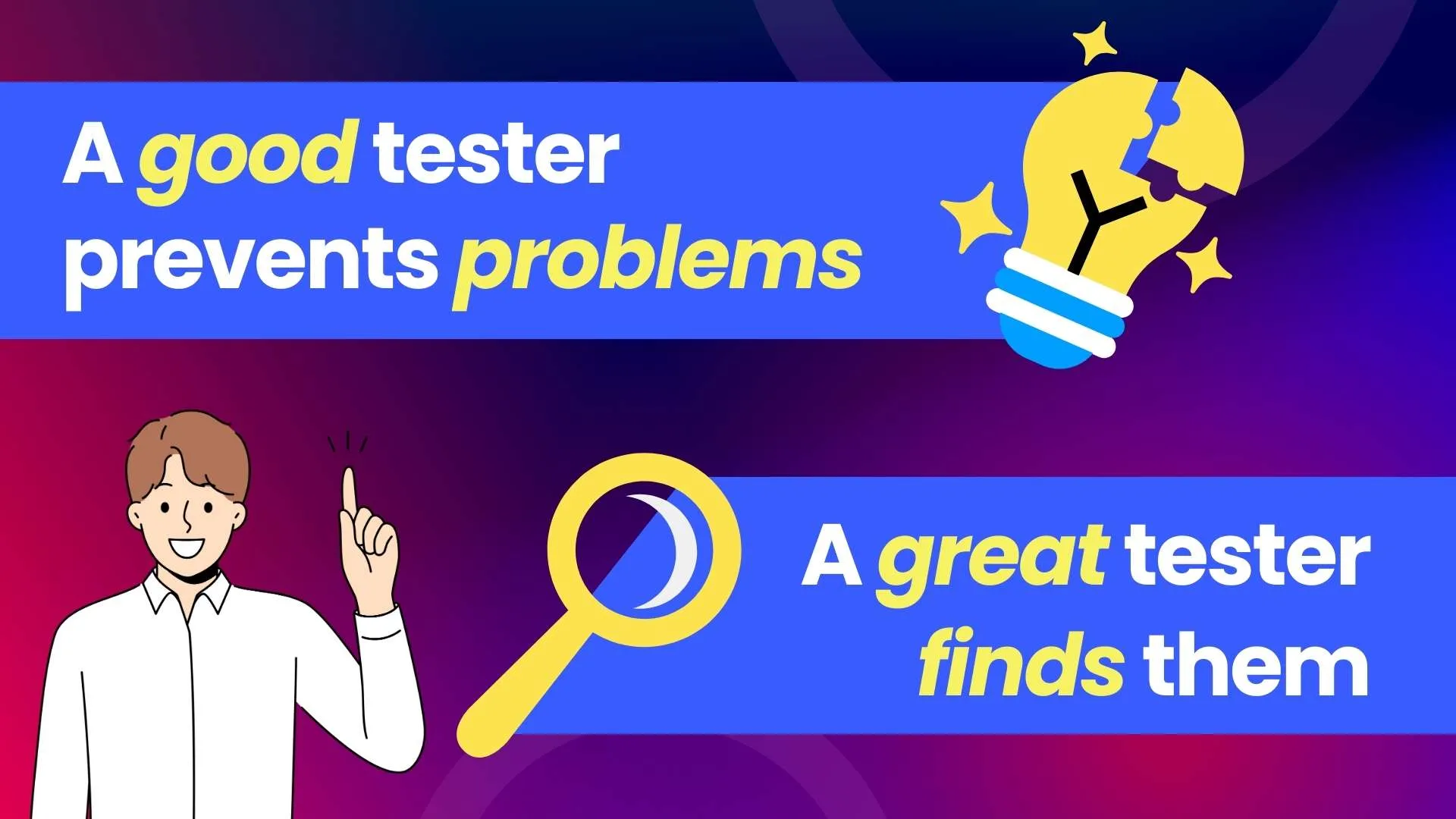
Confluence: Confluence is a platform for team collaboration that enables the creation, sharing, and interaction of project plans, knowledge bases, and documentation. It has tools for making wikis, arranging content, and promoting dialogue. Confluence is appropriate for teams utilizing the Atlassian tool ecosystem since it connects with Jira and other Atlassian products.

Slack: Slack is a well-known platform for collaboration and instant messaging that enables real-time team communication via channels, direct messages, and tool integrations. It makes it easier for team members—productive developers, testers, and other stakeholders—to communicate quickly and effectively.
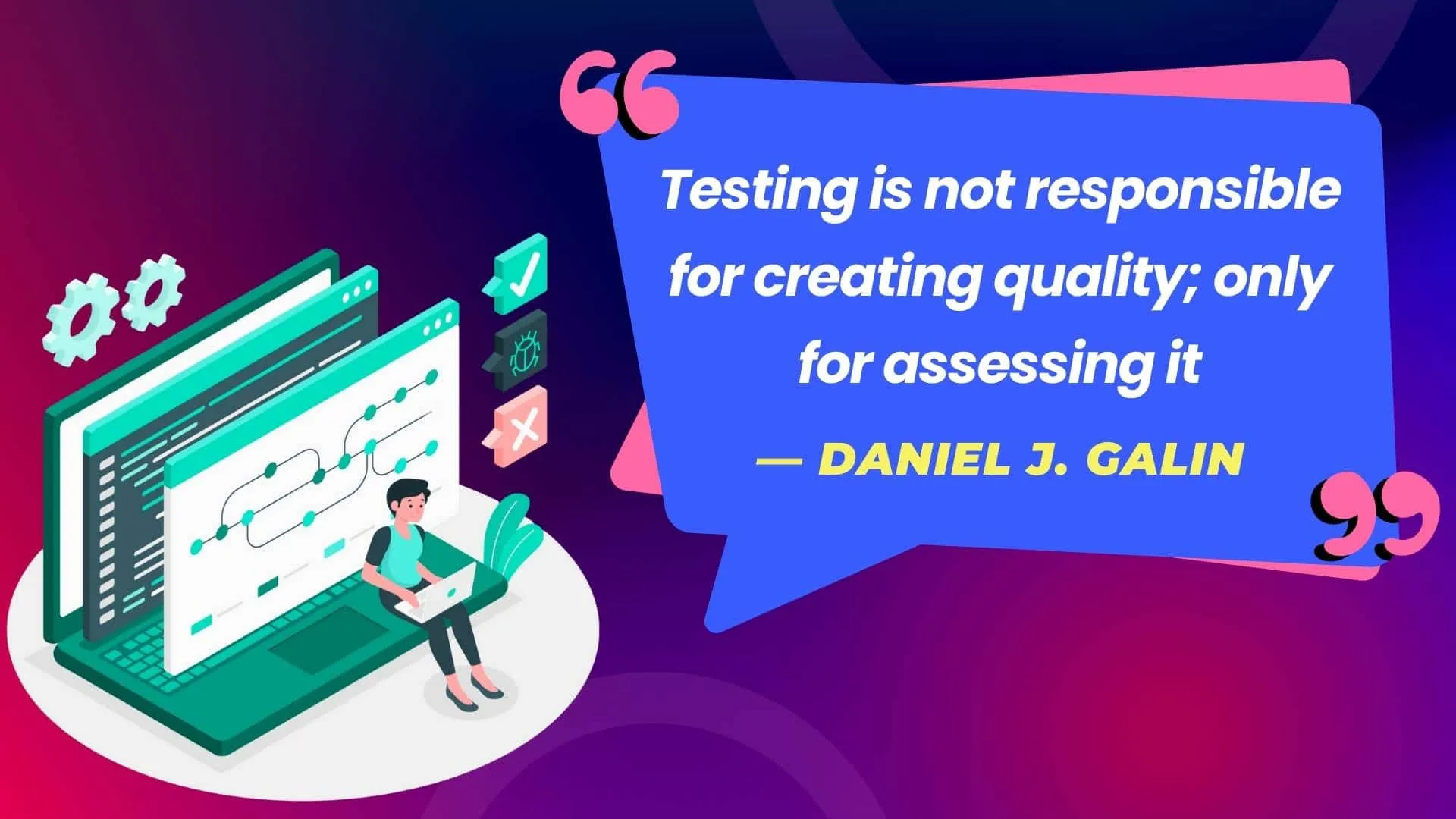
Microsoft Teams: Microsoft Teams is a platform for teamwork that includes file sharing, video conferencing, chat, and connection with additional Microsoft 365 applications. Teams can collaborate and communicate via this central hub, enabling seamless teamwork regardless of location.
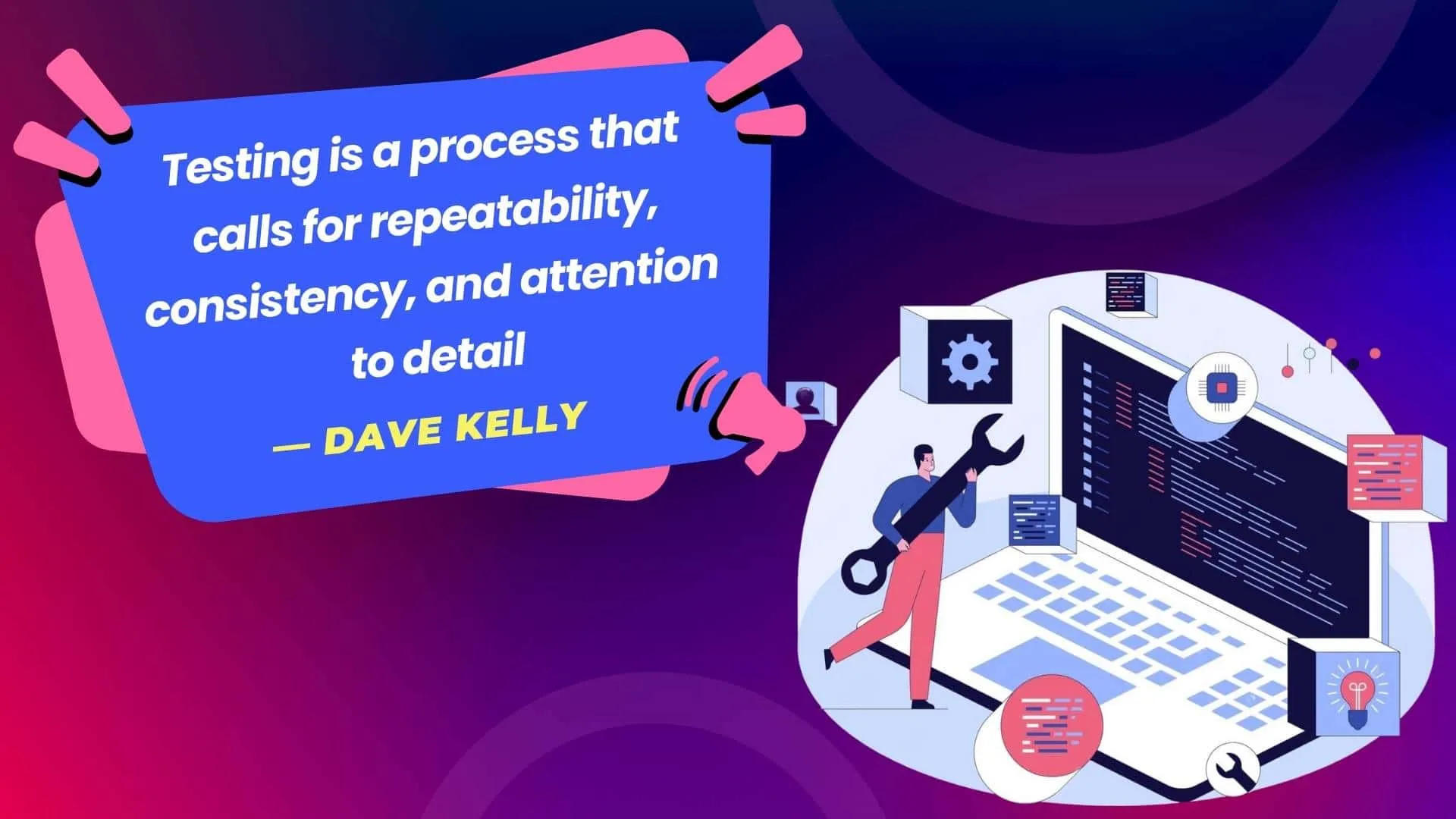
Asana: Asana is a project management application that facilitates task organization, progress monitoring, and teamwork. It has tools for making to-do lists, allocating work to team members, establishing due dates, and displaying project schedules. Asana makes coordinating and collaborating easier for team members on software development and testing projects.

Trello: Trello is a visual tool for collaboration that arranges tasks and projects using cards, lists, and boards. It offers an adaptable and user-friendly interface for team collaboration, tracking progress, and workflow management. Agile teams frequently utilize Trello to handle task prioritizing, backlog grooming, and sprint planning.

What are some benefits of seamless Dev & Test integration?
🔈Software development teams, as well as the project as a whole, can benefit greatly from seamless integration (Dev & Test integration). Among the main advantages are:
- Early Issue Detection: Bugs and issues can be found and fixed early in the lifecycle by incorporating testing activities throughout the development process. This raises the software's quality and lowers the expense and labor needed to resolve problems.
- Faster Time-to-Market: By delivering quick feedback on the functionality and quality of the program, Dev & Test integration speeds up development cycles. Teams can react swiftly to shifting needs or market demands, provide changes more frequently, and iterate more rapidly.
- Improved Collaboration: Collaboration between software developers and testers is improved by integration, which results in improved communication, a shared understanding of requirements, and a shared sense of ownership for the project's success. Collaboration fosters a culture of creativity and continual development by dismantling team silos.
- Better program: Teams can detect and proactively fix quality concerns by regularly testing and validating the program during development. As a result, customers receive software of a higher calibre, has fewer errors, and offers an improved user experience.
- Lower Risks and Costs: By spotting problems early and fixing them before they affect consumers, dev & test integration helps lower the risks related to software development. As a result, there is a lower chance of expensive rework, project delays, and possible reputational harm from software errors.
- Enhanced Productivity: Manual handoffs, unnecessary jobs, and inefficiencies are eliminated when the development and testing processes are streamlined through seamless integration. Consequently, teams can allocate their time and resources more efficiently, boosting output and expediting value delivery to stakeholders.
- Continuous Feedback Loop: Integration makes it easier for teams to receive feedback from testing and development simultaneously, allowing them to improve the product and learn from each iteration iteratively. Testing feedback helps development make decisions, while development feedback helps testing methodologies and priorities improve.
- Increased Customer Satisfaction: Dev & Test integration eventually results in increased customer satisfaction by delivering higher-quality software faster and more consistently. Clients gain from dependable software that fulfils their requirements and expectations, which raises user happiness and loyalty.

What are some best practices for pair programming between Dev and Test teams?
🔆 The development (including agile software development) and testing teams can greatly benefit from pair programming in terms of increased productivity, code quality, regular code review, and teamwork. The following are some guidelines for productive pair programming between the development and test teams:
👉🏻Setting Objectives and Goals for Pair Programming Sessions: Before beginning a pair programming session, clearly describe the session's objectives and aims. Establish goals for the tasks or issues you want to tackle together and the results you hope to get.
👉🏻Promoting Role Rotation: Encourage team members to switch off between the driver, who is now writing code, and the navigator, who is checking the code and offering comments. This guarantees that chances for mutual learning and contribution between software developers and testers are provided.
👉🏻Establishing Ground Rules: Set ground rules for your pair programming sessions, like being positive, scheduling regular breaks, paying attention to each other, accepting each other's viewpoints, and not passing judgment or criticism. Establish a welcoming and safe space for team members to collaborate freely and exchange ideas.
👉🏻Emphasizing Communication: The secret to good pair programming is communication. Throughout the meeting, encourage team members to speak honestly and often about design choices, implementation specifics, exploratory testing, and testing methodologies. To communicate thoughts and objectives, use straightforward language.
👉🏻Reframing Sessions as Collaboration and Learning Opportunities: Instead of viewing pair programming sessions as performance reviews, see them as chances for cooperation and learning. Stress the value of exchanging ideas, sharing expertise, and cooperating to find effective solutions.
👉🏻Leveraging Testing Expertise: During pair programming sessions, make use of the testers' testing knowledge to enhance the development workflow. Testing processes and methodologies, including exploratory testing, edge cases, and potential problems developers could miss, can all be learned from testers. Work together to create test cases, run tests, and confirm the correct code.
👉🏻Promoting Constructive Criticism: During the software development process, encourage team members to provide constructive criticism in pair programming sessions. Make recommendations for enhancements, present substitute strategies, and talk about how to improve the maintainability and quality of the code. Make sure your criticism is considerate, actionable, and precise.
👉🏻Reflecting on Sessions for Continuous Improvement: After every pair programming session, consider what worked well and what may be done better. Talk about the lessons you've learned, pinpoint your areas of improvement, and generate ideas for improving next sessions. Always work to increase the efficacy and efficiency of the pair.

In Essence
✨️ Testers and developers must collaborate in a collaborative setting for software development to be effective. Dev & Test integration entails organizing tasks, encouraging communication, and utilizing one another's knowledge to guarantee seamless cooperation throughout the development lifecycle.
Teams may traverse testing progress and schedules and lay the groundwork for long-term effective collaboration between developers and testers through ongoing learning, feedback, and improvement.
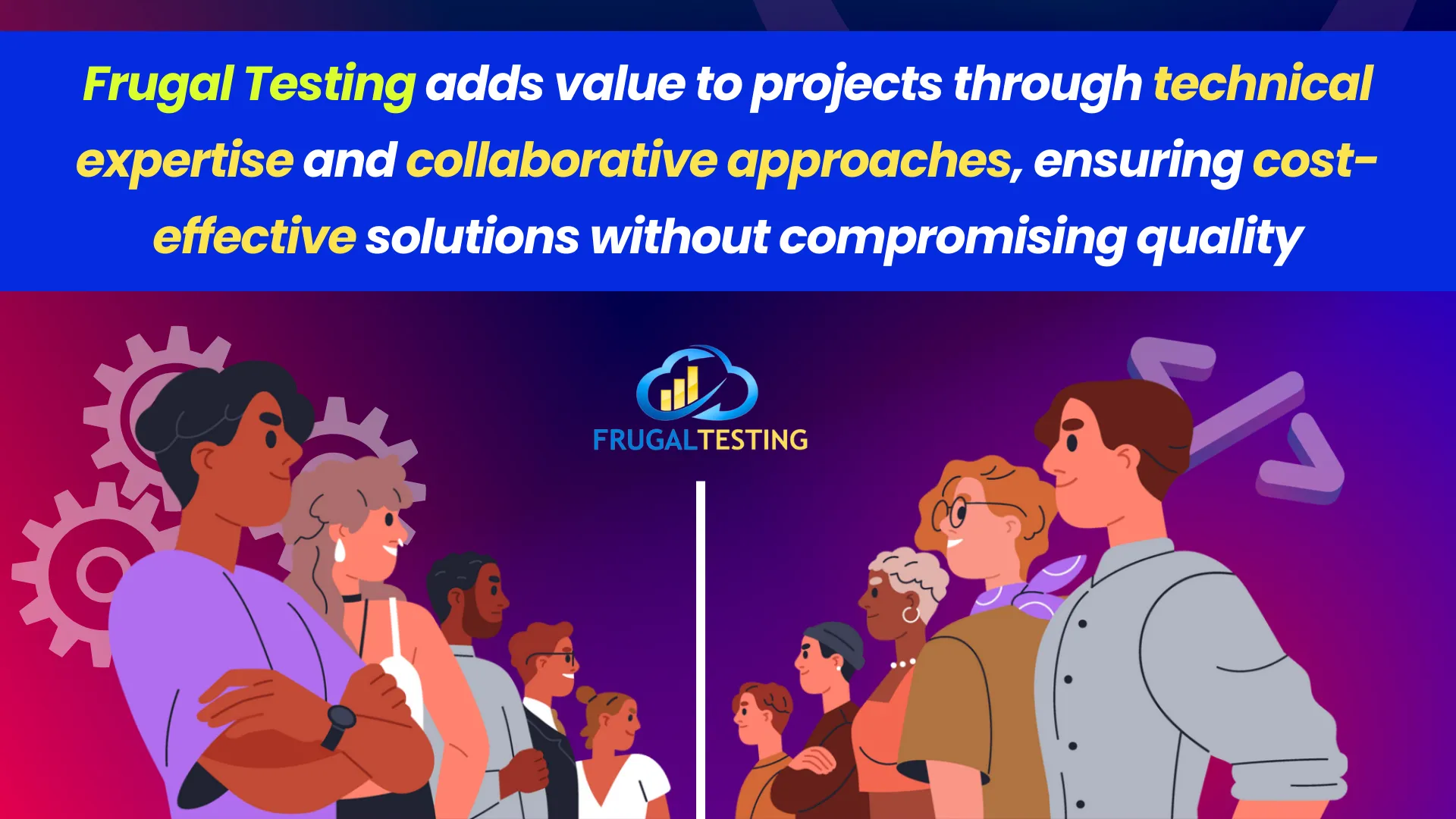
People also ask
👉🏻How can conflicts between developers and testers be resolved to ensure smooth integration?
Open communication, respect for one another, and an emphasis on common objectives can all help to overcome conflicts between developers and testers.
👉🏻Are any specific methodologies or frameworks recommended for seamless Dev & Test integration?
Agile approaches like Scrum and Kanban and DevOps techniques for continuous integration and delivery are advised for a smooth Dev & Test integration.
👉🏻How can developers and testers collaborate effectively in identifying and addressing software defects?
By utilizing test-driven development, including testers early in the process, and capitalizing on each other's proficiency in spotting and fixing software flaws, developers and testers can work together productively.
👉🏻What are some common misconceptions about the roles of developers and testers in the integration process?
There are common misconceptions regarding the responsibilities of developers and testers in integration, such as the idea that developers are only in charge of development and that testers are only in charge of testing.
👉🏻How can cultural differences between development and testing teams impact collaboration efforts?
Understanding and overcoming cultural differences between development and testing teams is essential because they can impact communication patterns, decision-making processes, and attitudes toward collaboration.





%201.webp)
